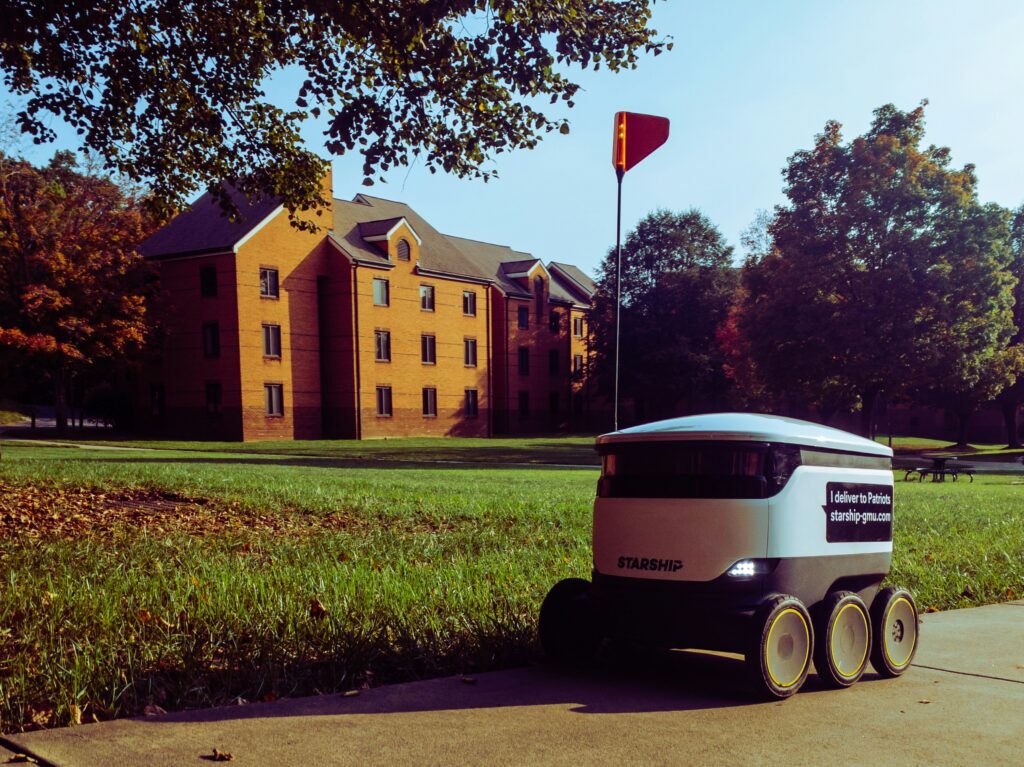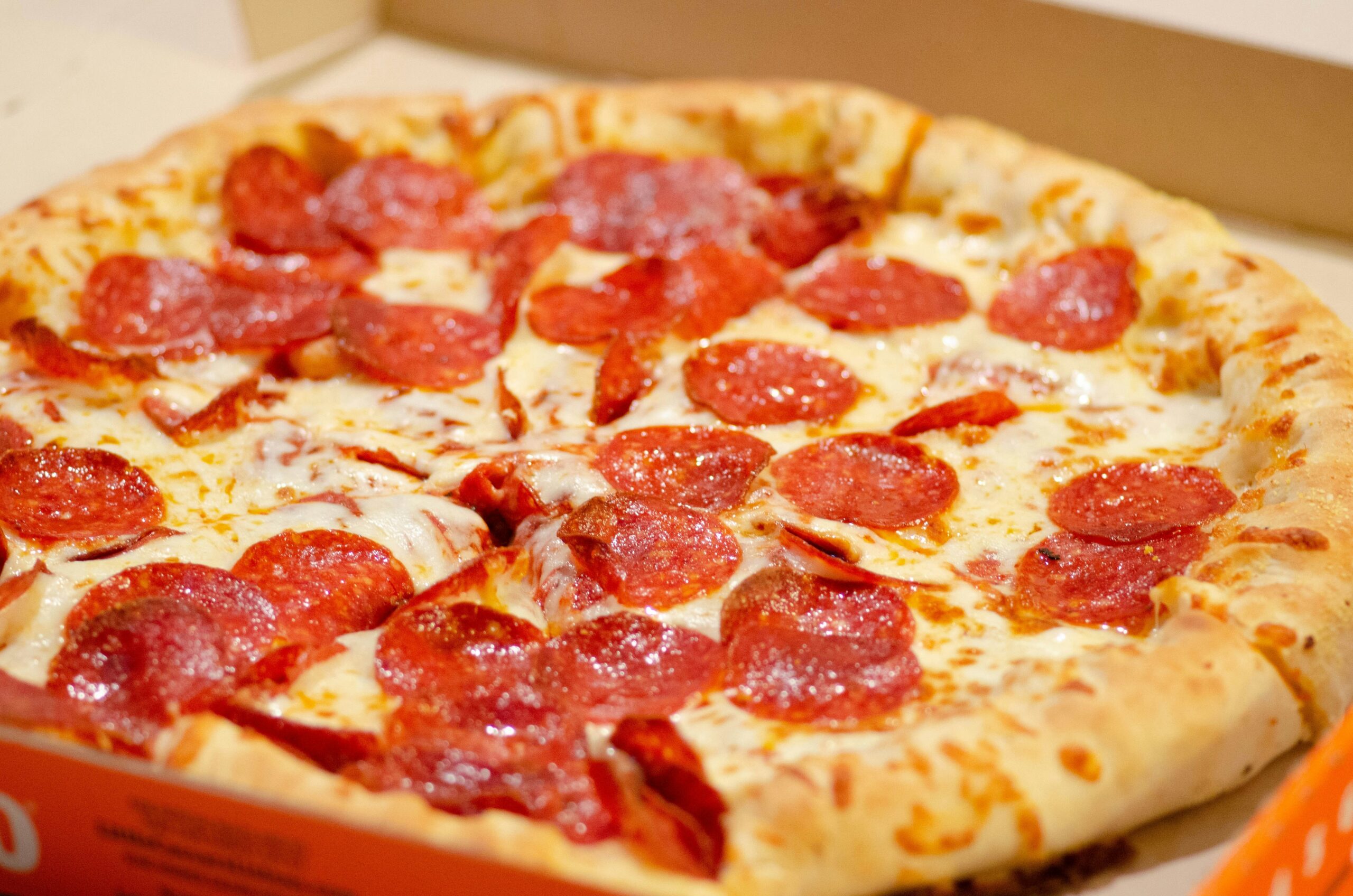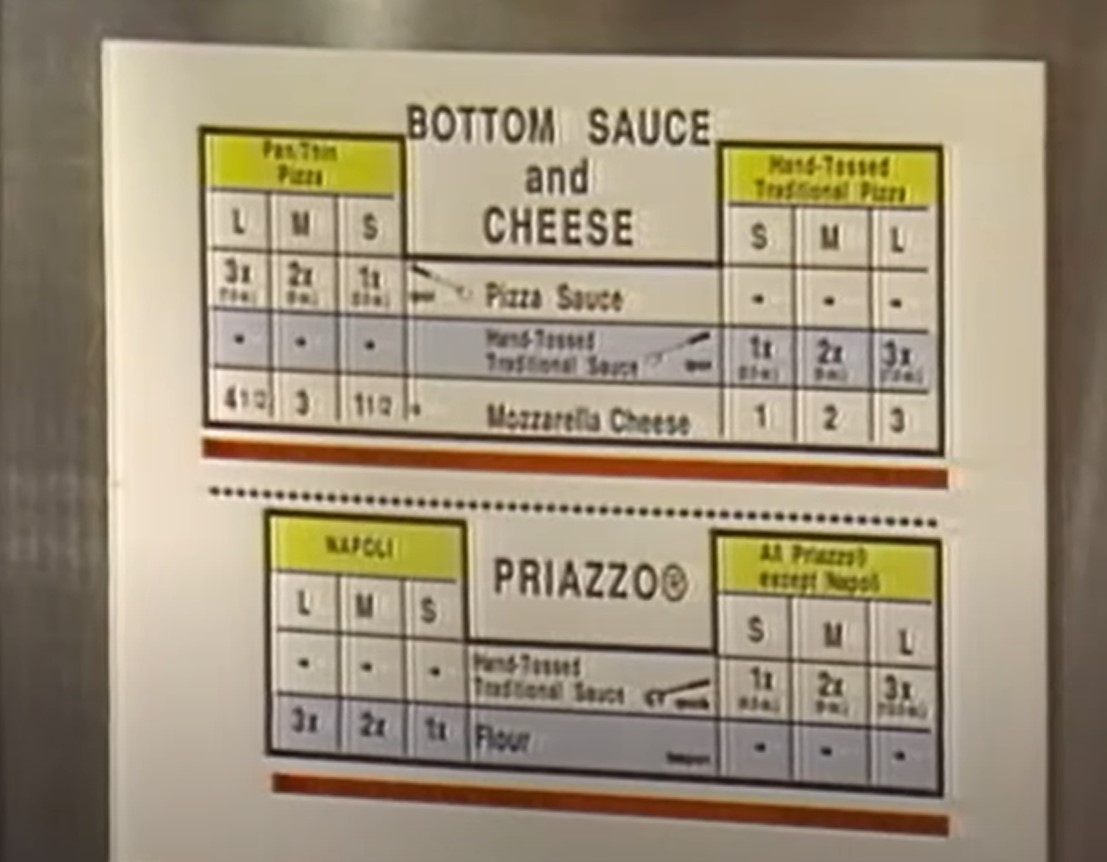
The future of pizza delivery is rapidly evolving as technology reshapes how pizzerias operate and how customers interact with their favorite restaurants. Embracing technology can give pizzerias a competitive edge by enhancing customer experience, increasing efficiency, and meeting growing demand for convenience. Here’s a look at the trends shaping the future of pizza delivery:
1. AI and Chatbots for Customer Service
- Artificial intelligence (AI) and chatbots are revolutionizing customer interactions. With AI-powered systems, pizzerias can automate order taking, answer frequently asked questions, and recommend menu items based on customer preferences.
- Chatbots integrated into websites, apps, or social media platforms allow customers to place orders 24/7 without human intervention, improving both speed and convenience.
2. Drone and Robot Delivery
- Drone and robot deliveries are gaining momentum as a way to improve speed and reduce delivery costs. Companies like Domino’s have already started experimenting with autonomous vehicles and drones to deliver pizzas.
- Drones can overcome traffic delays, delivering pizzas faster in urban areas, while robots are more efficient for short-distance deliveries. These technologies have the potential to make delivery faster, eco-friendly, and cost-effective.
3. Self-Driving Delivery Vehicles
- Self-driving vehicles, such as autonomous pizza delivery cars, are becoming more common in the food delivery space. These vehicles can carry multiple orders simultaneously, optimizing delivery routes and reducing the need for human drivers.
- This technology not only reduces delivery time but also ensures that the food arrives fresh and hot, making it a game-changer for pizza delivery.
4. Voice-Activated Ordering Systems
- With the rise of voice-activated assistants like Amazon Alexa, Google Assistant, and Apple’s Siri, customers can now order pizzas hands-free. By simply saying, “Order a pizza,” customers can place and customize their orders without ever having to touch a screen.
- As voice search becomes more prevalent, pizzerias will need to optimize their systems to handle voice-activated orders seamlessly.
5. Enhanced Order Customization via AI
- AI is not only improving customer service but also enhancing order customization. AI systems can analyze customer preferences and order history to suggest personalized pizza combinations, helping customers discover new toppings and styles they might like.
- This creates a more engaging experience for the customer, making it easier for them to try new options and increasing their overall satisfaction.
6. Real-Time Delivery Tracking
- Real-time tracking has already become an expectation for customers, and it’s only going to get more sophisticated. Modern delivery apps provide live updates on the status of the pizza—from the moment it’s in the oven to when it’s out for delivery.
- Future developments may include augmented reality (AR) tracking, where customers can watch their pizza’s journey to their door in real time on a virtual map, enhancing engagement and reducing uncertainty.
7. Automated Kitchen Operations
- Automation is entering the kitchen, with robotic pizza makers capable of preparing and baking pizzas with minimal human involvement. These robots can handle repetitive tasks like spreading sauce, adding toppings, and monitoring bake times, ensuring consistency and speed.
- This not only reduces labor costs but also ensures faster production during peak times, meeting customer demand efficiently.
8. Sustainability with Eco-Friendly Delivery Options
- As more consumers become environmentally conscious, pizzerias are exploring eco-friendly delivery options. Electric bikes, scooters, and delivery trucks help reduce carbon emissions, while some companies are investing in electric and solar-powered delivery vehicles.
- Sustainable packaging is also part of the future, with biodegradable or reusable containers designed to reduce waste and meet growing demands for sustainability.
9. Augmented Reality (AR) Menus
- Imagine being able to visualize your pizza before ordering. With augmented reality (AR), customers can use their smartphones to see a 3D model of their pizza with different toppings and crust options. This immersive experience adds a fun and interactive element to online ordering.
- AR can also be used for marketing, offering customers virtual “tours” of the kitchen or pizzeria and making the brand experience more engaging.
10. Cloud Kitchens (Ghost Kitchens)
- Cloud kitchens, also known as ghost kitchens, are becoming increasingly popular for pizza delivery businesses. These are delivery-only kitchens that do not have a physical dining space, allowing pizzerias to focus solely on fulfilling online orders.
- By operating in cloud kitchens, pizza businesses can reduce overhead costs, expand delivery areas, and streamline operations, allowing for faster delivery times and higher profitability.
11. Subscription-Based Models
- Some pizzerias are experimenting with subscription-based delivery services, where customers pay a flat monthly fee for unlimited deliveries or access to exclusive deals. This model builds customer loyalty and creates a predictable revenue stream.
- With recurring orders, pizzerias can also better manage inventory and predict demand, making the business more efficient.
12. Blockchain for Food Safety and Transparency
- Blockchain technology is being explored to enhance food safety and transparency in the pizza delivery process. With blockchain, customers can trace the origin of ingredients, ensuring they are receiving fresh, high-quality produce and meats.
- This adds a layer of trust between the pizzeria and customers, appealing to those who are concerned about the quality and sourcing of their food.
13. AI-Driven Delivery Route Optimization
- AI and machine learning are being used to optimize delivery routes, ensuring pizzas arrive faster and fresher. AI can factor in traffic patterns, weather, and delivery locations to find the quickest, most efficient routes.
- This helps reduce delivery times and increases the number of orders that can be fulfilled during peak hours.
14. Cryptocurrency Payments
- In the future, pizzerias may offer cryptocurrency payment options. As digital currencies like Bitcoin and Ethereum become more mainstream, some customers will prefer to pay with crypto, giving businesses that accept it a competitive advantage.
- Blockchain-based payments are fast, secure, and offer lower transaction fees compared to traditional payment methods.
15. Data-Driven Marketing and Personalization
- Leveraging customer data, pizzerias can implement data-driven marketing strategies, such as personalized offers, targeted ads, and behavior-based recommendations.
- Advanced analytics can help predict ordering trends, allowing pizzerias to tailor their promotions based on customer preferences, increasing loyalty and engagement.
The Future is Now: Embracing Technology for Success
The pizza delivery industry is entering a new era, powered by technological advancements that make the ordering process faster, more convenient, and personalized. By embracing these technologies, pizzerias can enhance their delivery services, build customer loyalty, and remain competitive in an increasingly tech-driven world.




